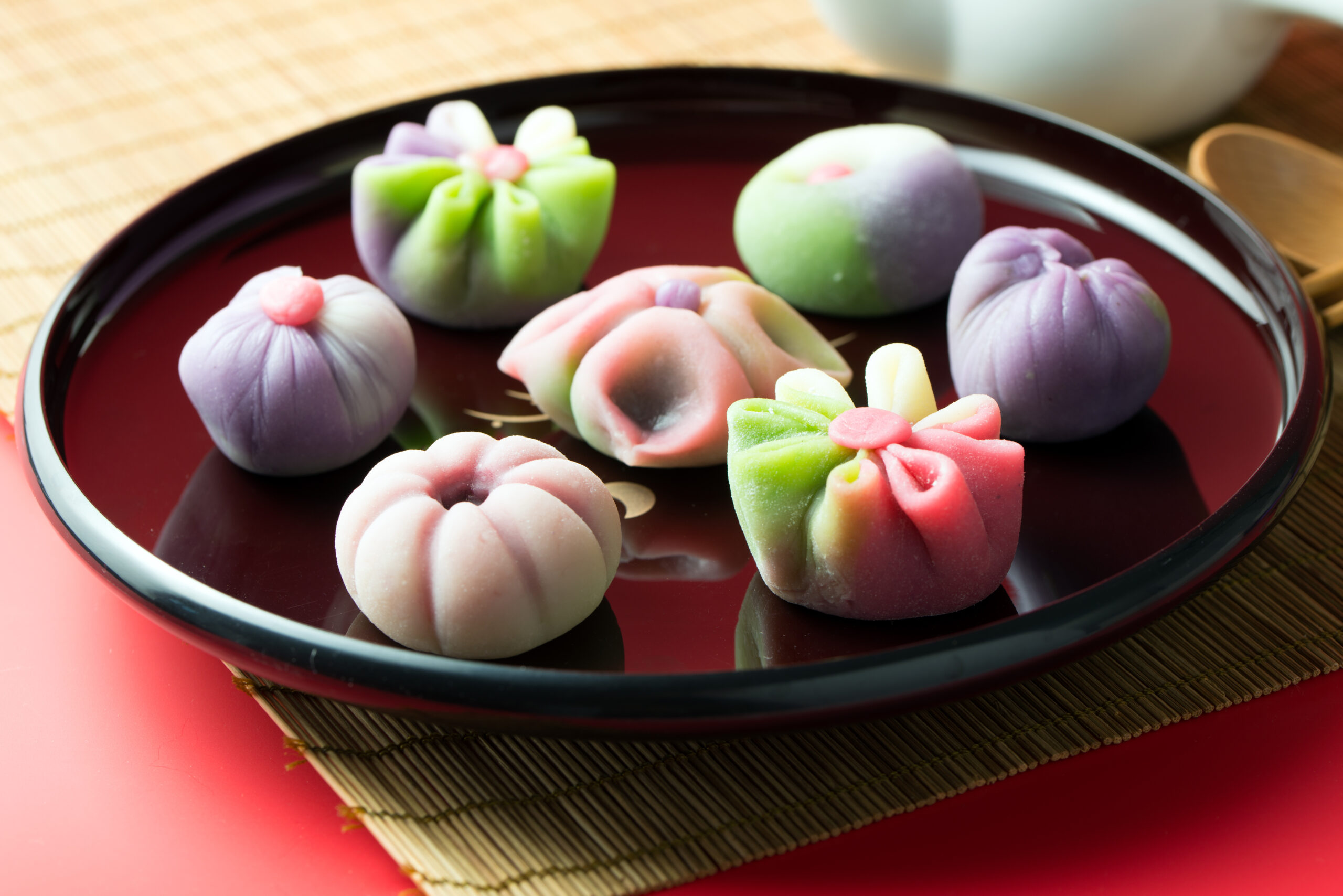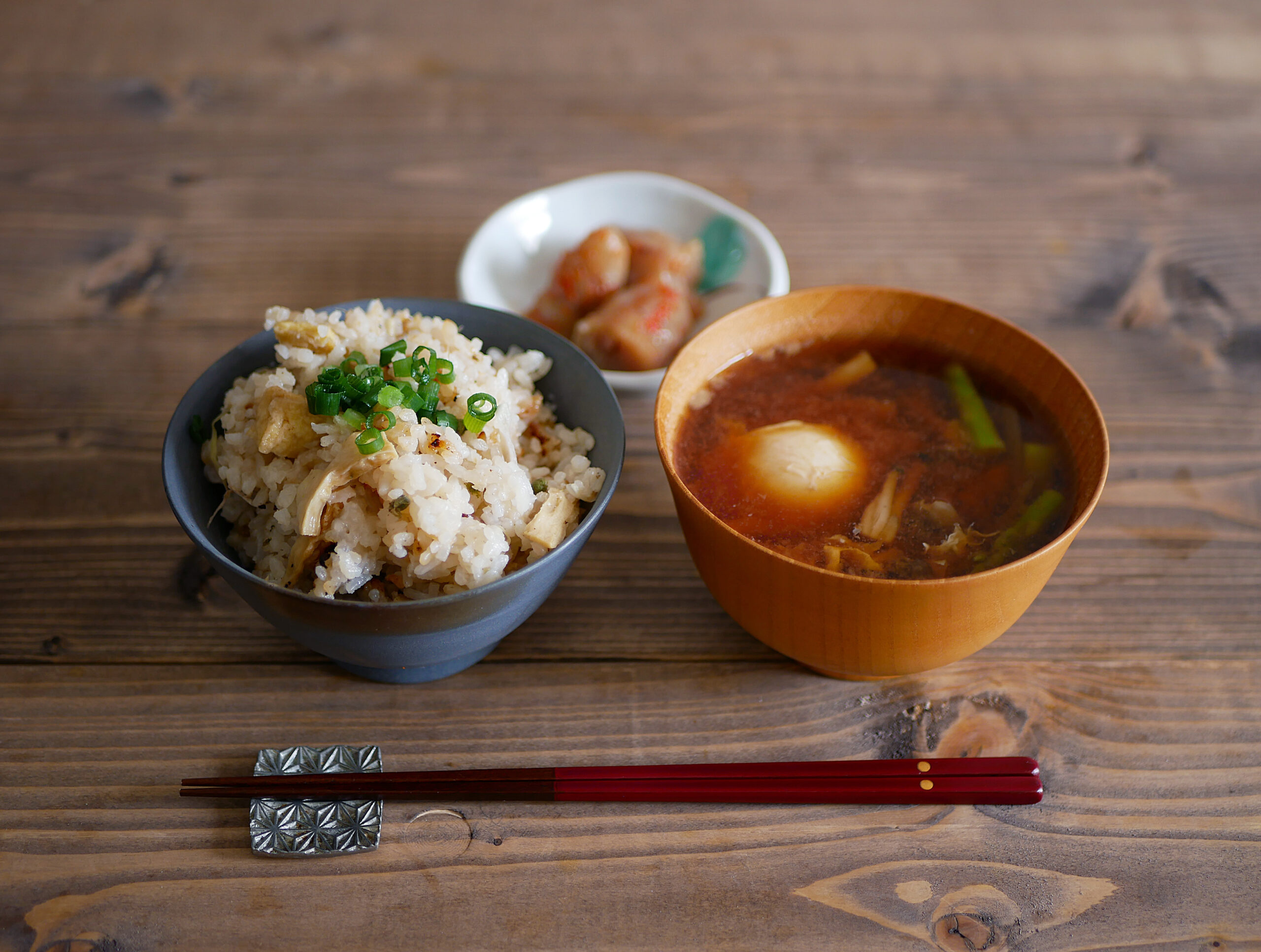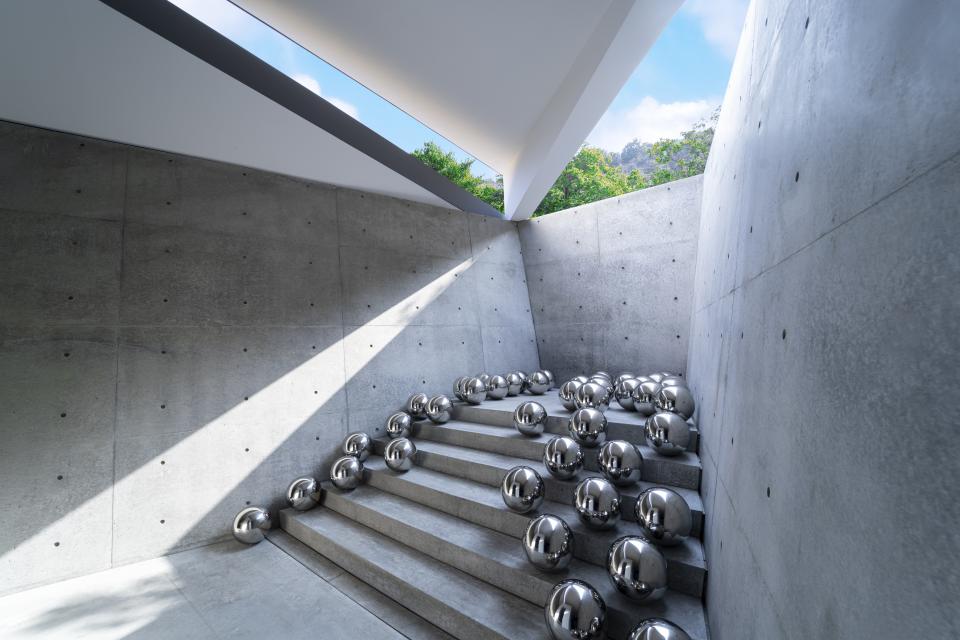A Glance at Japan’s History
Japan has maintained a strong cultural identity since its earliest origins. According to Japanese mythology, the emperor’s ancestors descended from the heavens and formed the islands using divine spears. Legend states that the first emperor appeared in Takachiho, Miyazaki, beginning the imperial lineage.
With the arrival of agriculture from China came the influence of Buddhism, which was later adopted by the imperial government. Key early texts—the Kojiki and Nihon Shoki—blend myth and historical fact to chronicle Japan’s origins.
In 710, the capital moved to Nara, where Buddhism solidified its role in governance. After a devastating epidemic, it was relocated to Heian-kyo—now Kyoto—which served as the imperial capital for over 1,100 years. Today, you can still visit the Imperial Garden where emperors once lived.
Shifts in Power & New Capitals
During the Kamakura period (1185–1333), the samurai took the reins of power for the first time. Later, the Nanbokuchō era divided the country between two competing imperial courts. In the Edo period (1603–1868), the Tokugawa shogunate established its rule and effectively moved the capital to Edo—present-day Tokyo—thanks to its strategic importance for trade and transport.
During this isolationist era, Japan’s foreign interactions were limited to China and Portugal. Only in the mid-19th century, with the arrival of American forces, was imperial rule restored. This ushered in Japan’s modern era and solidified the enduring cultural importance of both Kyoto and Tokyo.
What to See in Tokyo: Unmissable Attractions & Unique Experiences
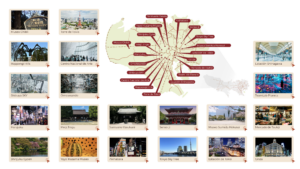
Landmarks & Views
- Shibuya Sky: A modern observation deck with five platforms offering 360° views. You can see the Shibuya crossing and, on clear days, Mount Fuji. Tickets should be booked in advance.
- Tsukiji Market: Though the wholesale section moved, Tsukiji remains a culinary hotspot with fresh seafood and traditional dishes. Best to visit early and consider a private guide for limited-access areas.
- Shinjuku Gyoen: A tranquil, spacious garden perfect for a relaxing stroll or spring picnic in the heart of the city.
Temples & Shrines
- Sensoji Temple (Asakusa): One of Japan’s most visited temples; entry is free. Arrive early to appreciate the guardian statues and avoid crowds, and explore the street of snacks and souvenirs nearby.
- Meiji Jingu: A Shinto shrine nestled in an urban forest. Entry is free, though the inner garden requires a fee. Cultural tea ceremonies and spiritual experiences are often available.
Neighborhoods to Discover
- Harajuku: Center of youth culture and colorful fashion around Takeshita Street. Find vintage shops, cosplay-inspired styles, and creative energy.
- Ginza: Tokyo’s luxury district with high-end boutiques, gourmet restaurants, and pedestrian streets on weekends.
- Omotesando: A stylish avenue with flagship stores by world-class architects like Ando, SANAA, and Ito. In winter, its illumination adds extra magic.
Top Museums
- Yayoi Kusama Museum: Dedicated to the Pop Art icon, featuring her signature dotted installations and vibrant works.
- Ghibli Museum: A whimsical tribute to Studio Ghibli classics like Totoro and Spirited Away; must be booked in advance.
- Sumida Hokusai Museum: Celebrates the legacy of ukiyo-e master Hokusai, blending traditional prints with digital displays.
- TeamLab Planets: A multisensory digital art experience where you walk barefoot through reflective installations.
Day Trips From Tokyo
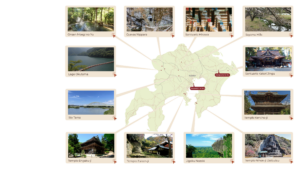
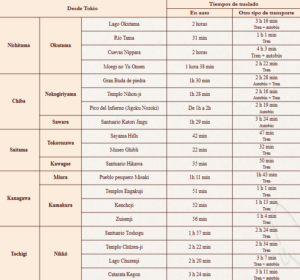
Kita-Kamakura
Located north of Kamakura, this is a quiet area surrounded by nature and historic temples.
- Engakuji Temple: Noted for its imposing Sanmon Gate; according to tradition, whoever crosses it awakens their “third eye.”
- Kenchoji: Considered the first Zen Buddhist dojo in Japan, its garden reflects a minimalist and contemplative aesthetic.
- Zuisenji: Founded by Zen master Musō Kokushi, it is known for its rock garden carved into the mountain and its landscape of plum blossoms.
Kamakura
- Kōtoku-in Temple: Known for the Great Buddha of Kamakura (Daibutsu), a bronze statue over 11 meters tall. It is one of the most visited icons on the Golden Route.
- Komachi Dori: Shopping street with traditional shops, local snacks, and souvenirs. Ideal for a walk after visiting the temples.
- Zeniarai Benten Shrine: Famous for the ritual of laundering money in its sacred spring. It is believed that doing so increases fortune. Access is through a tunnel in the rock, giving it a mystical atmosphere.
Okutama
Located west of Tokyo, just 90 minutes by train, Okutama offers a natural escape without leaving the metropolis. Mountains, lakes, and forests surround this area, ideal for hiking, biking, or simply relaxing by the river.
- Nippara Caves: Formed in limestone, these caverns offer a unique exploration experience, with stalactites, narrow passages, and cool environments year-round.
- Lake Okutama: The Mugiyama pedestrian bridge, also known as the “drum bridge” due to its metal and resin structure, is a suspension bridge with spectacular views of the lake.
- Tama River: Trails, riverside parks, and recreational areas make it a perfect place for walking or cycling while enjoying the scenery.
- Moegi no Yu Onsen: 100% natural hot springs with indoor and outdoor options. Ideal for relaxing after a hike, it offers direct views of the river.
Nokogiriyama (Chiba)
One of Chiba’s three most iconic mountains. Its main observation deck, known as “Hell’s Peak,” offers dramatic views of the coastal landscape.
- Nihon-ji Daibutsu Temple: Houses an impressive 31-meter carved Buddha, one of the largest in Japan.
Sawara (Chiba)
Charming town with historic canals and a traditional atmosphere.
- Katori Jingū Shrine: Main Shinto shrine dedicated to Futsunushi no Mikoto, the protective deity of warriors.
Tokorozawa (Saitama)
Just an hour from Tokyo, it is considered the birthplace of Japanese aviation, with several themed museums.
- Sayama Hills: Hills that inspired the landscapes of My Neighbor Totoro. Ideal for family outings and Studio Ghibli lovers.
Kawagoe (Saitama)
Known as “Little Edo,” it preserves streets, warehouses, and architecture from the Edo period. Perfect for those looking to immerse themselves in history.
- Kawagoe Hikawa Shrine: Famous for its Reitaisai festival, the origin of the Kawagoe Festival. In summer, its windchime corridor is a visual and acoustic spectacle. Intangible Cultural Heritage of Humanity.
Miura (Kanagawa)
A fishing peninsula with an authentic local atmosphere.
- Misaki Village: Famous for its fresh tuna. There are fishermen’s restaurants, dining experiences, and coastal tours. Ideal for those seeking seafood and direct contact with local life.
Nikkō (Tochigi)
Two hours from Tokyo, Nikkō combines history, spirituality, and nature.
- Toshogu Shrine: Mausoleum of Tokugawa Ieyasu. Its detailed, colorful, and unique architecture is striking. A World Heritage Site.
- Chūzen-ji Temple: Located lakeside, it houses a Kannon sculpture carved directly into a tree.
- Lake Chūzen-ji: The highest natural lake in Japan. Ideal in summer and autumn. There are hot spring baths and restaurants with views.
- Kegon Falls: It can be admired from the free platform or the lower viewing platform (accessible by elevator). You can also take the cable car to the Akechidaira viewing point for panoramic views..
Kyoto: The Ancient Capital
Originally laid out in a precise grid, Kyoto was planned with imperial order in mind. Residential life expanded throughout the city, with commerce concentrated in two main markets south of the imperial palace.
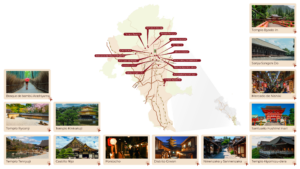
Must-See in Kyoto:
- Nijo Castle – The Tokugawa shogun’s former palace. Ornate gates and “nightingale floors” that chirp when walked upon—originally a security feature. Light shows are held in spring and autumn.
- Fushimi Inari Taisha – A shrine honored for its thousands of red torii gates, each donated by companies in thanks for prosperity.
- Ninenzaka & Sannenzaka – Stone-paved alleys lined with traditional crafts, sweets, and kimonos—perfect for soaking up old Kyoto charm.
- Ryoan-ji Temple – Its famed rock garden of 15 stones against white gravel creates a contemplative space where you can’t see all stones at once—a symbol of Zen.
Day Trips From Kyoto

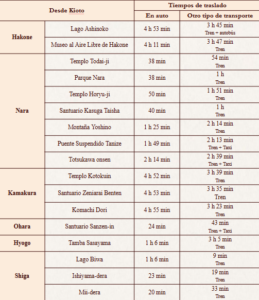
Northern Kyoto
- Sanzen-in Temple – A moss garden sanctuary in a mountain valley.
- Miyama – A village famed for its thatched-roof houses and photogenic landscapes.
- Ine – Coastal town known for its floating “funaya” boathouse homes and boat tours.
Uji
Renowned for its green tea:
- Matcha workshops, traditional sweets, and tea fields.
- Byōdō-in Temple – Its symmetrical architecture reflected in a pond is featured on the ¥10 coin and inspired Monet’s water lilies.
Miyazu
- Amanohashidate – Known as the “Bridge to Heaven,” this pine-covered sandbar can be enjoyed by foot, bike, or cable car from a spectacular vantage point.
Hakone
Between Tokyo and Kyoto—famous for Mount Fuji glimpses and open-air art museums:
- Scenic pirate-ship cruises on Lake Ashinoko.
- Hakone Open-Air Museum featuring Botero, Picasso, Miró, and outdoor sculptures.
Nara
One hour from Kyoto, Japan’s first permanent capital:
- Tōdai-ji Temple – Houses the massive Great Buddha.
- Nara Park – Over 1,000 free-roaming deer.
Also explore:
- Hōryū-ji Temple – One of the world’s oldest wooden buildings.
- Kasuga Taisha Shrine – Surrounded by hundreds of stone and bronze lanterns.
- Mount Yoshino – Famous for thousands of cherry blossoms.
- Tanize Suspension Bridge – One of Japan’s longest wooden footbridges.
- Totsukawa Onsen – A tranquil hot-spring village for deep relaxation.
Shiga – Ōtsu
Just minutes from Kyoto:
- Lake Biwa – Japan’s largest lake, perfect for boating, cycling, and water sports.
- Ishiyama-dera Temple – Built on rocky outcrops amidst trees.
- Mii-dera Temple – A grand lakeside temple with impressive architecture.
Japan is a country where every city, every temple, and every hidden corner tells a story that gracefully connects the past with the present. Tokyo and Kyoto are not only iconic destinations, but also gateways to experiences your clients will remember for a lifetime—from the vibrant pulse of modern neighborhoods to the deep serenity of Zen gardens and timeless traditions.
These day trips from Tokyo and Kyoto are the perfect options to personalize and enrich any itinerary. Whether you are crafting a once-in-a-lifetime trip or looking for off-the-beaten-path gems, these suggestions help you offer journeys that resonate with authenticity and wonder.
If you’re looking for expert support to design routes that make the most of every moment and deliver unforgettable experiences, I’m here to help you craft truly memorable trips—ones that inspire travelers to return to Japan again and again.
Download the PDF
Would you like to receive this guide in a downloadable format? Just send us an email at info@encounterjapantravel.mx, and we’ll be happy to share the PDF version with you.
Watch the Full Webinar on YouTube
If you want to dive deeper into how to optimize your travel planning in Japan, we invite you to watch the full webinar on our YouTube channel.
Watch here: https://youtu.be/4WXY0jplz1c?si=yZ53Pvvfl29t2k_u
Subscribe to Our Newsletter
Get exclusive access to:
- Upcoming webinars
- Unique experiences to enhance your itineraries
- Lesser-known destinations in Japan
- Events and trade shows we’ll be attending

